Trail the tails
- POSTED ON: 6 Oct, 2018
- TOTAL VIEWS: 2050 Views
- POSTED BY: Archana Subramanian
- ARTICLE POINTS: 250 Points
The Common Bird Monitoring lists 18 birds that can be easily spotted around your neighbourhood. Look out for these birds and tell us when, where and how often you have seen this bird in your area.
Get Lucky
Spot the birds in your neighbourhood and make a note on this sheet in the space provided. Tell us when and where you saw this bird, and also how many times in the week you have seen it. Record your sightings on paper, following this format and also take photos of at least five of these birds and mail it to The Hindu, 859/860 Anna Salai, Kasturi Buildings, Chennai 600002 or
Where:………………………………………………….
When: ………………………………………………….
How many times this week:………………….
1. Coppersmith Barbet
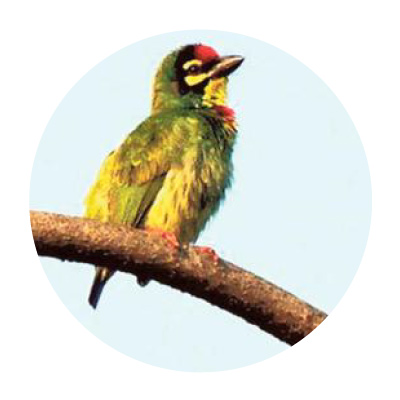
If you can hear the sound of a coppersmith striking metal, then the coppersmith barbet is close by. A crimson forehead and throat this bird chisels out a hole inside a tree to build its nest.
2.Greater coucal
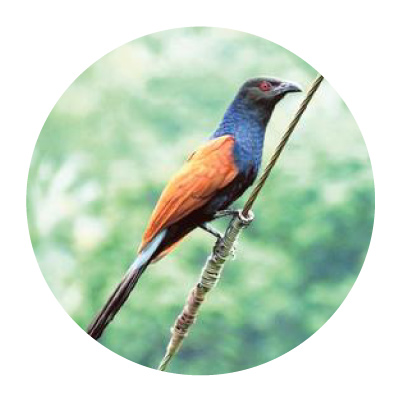
A large cuckoo, it has a black, upper mantle with chestnut brown wings. With its ruby red eyes, it is impossible to miss it. You could also keep watch if you hear a low booming coop-coop-coops or a rapid rattling “lotok, lotok” or a harsh “skeeaaaw”.
3.Cattle egret
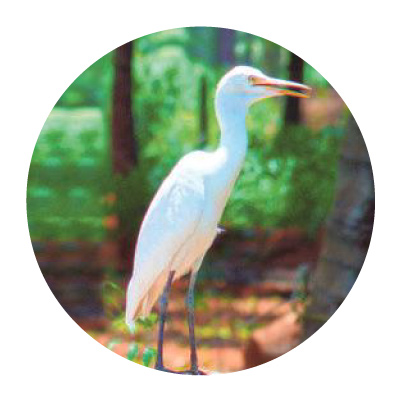
Your chances of spotting this heron will be directly proportionate to the number of cattle grazing around your area. A stocky heron, it has a relatively short thick neck, a sturdy bill, and a hunched posture. The eyes are fixed to allow it to see better while it eats. Usually silent, it will occasionally make a rick-rack noise.
4.House crow
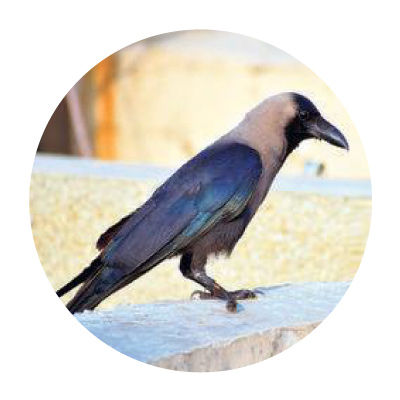
This bird is hard to miss. It is also known as the Indian greynecked. It has a rich glossy black forehead, crown and upper breast but its neck is a lighter grey-brown. A common visitor especially while you eat, its cawcawing is hard to ignore.
5.Purple sunbird
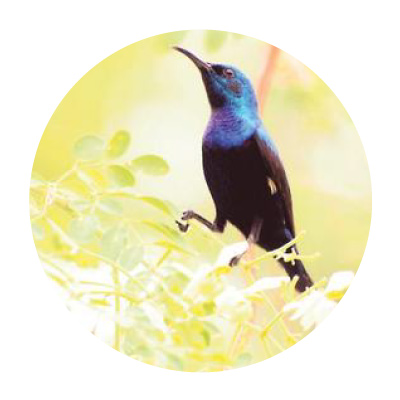
A small sunbird, it feeds mainly on nectar. It has a short bill, a dark and short square ended tail and is metallic bluish in appearance. Though usally seen in pairs or small groups and it is often heard chwit-ting away early mornings and late evenings.
6.Black drongo
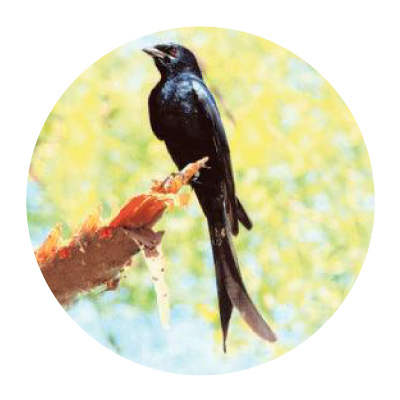
A small glossy black bird, with a wide fork in its tail. Aggressive and fearless, it is not afraid of attacking birds that stray into their territory. Catch it perched on electric poles or cable wires or hear its common call “tee hee”.
7.Indian robin
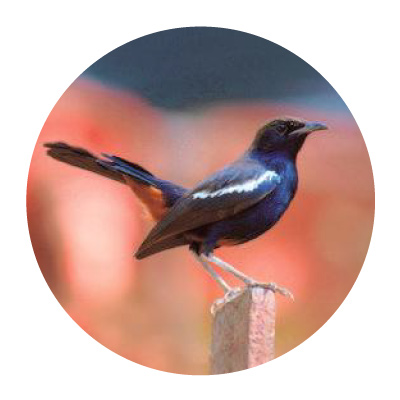
While the males are mainly black with a white shoulder patch, the females are brownish and have no white shoulder stripe. Often seen closer to the ground, chances are you will hear them first. Pay attention to a “sweeeech” or a “weeeech” call.
8.Green bee-eater
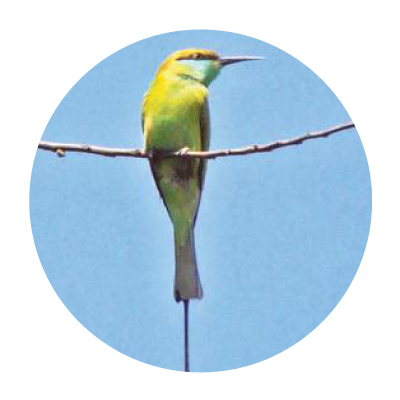
A slender bright green bird tinged with blue on the chin and throat is what would best describe this 16 cm long bird. Keep your ears tuned for a nasal trill “tree-tree-tree-tree” call while it’s flying right above you.
Black kite
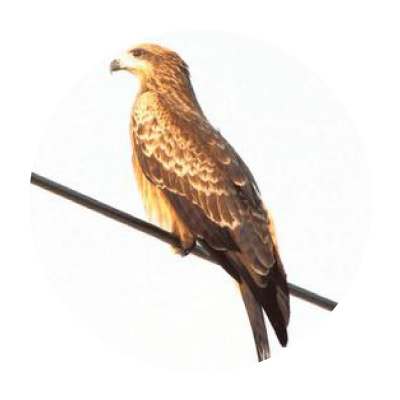
Smaller in size than the red kites, both the male and female look alike. If it is perched on a tree you can see its yellow legs and black claws. More than hearing it the chances of spotting it in flight is higher. Be lucky if you hear a distinctive shrill whistle followed by a rapid whinnying noise.
9.Common myna
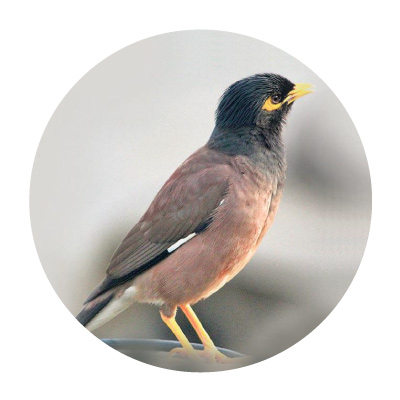
One for joy, two for sorrow, this bird is a frequent visitor to our gardens. With a brown body and a black hooded head it also has a yellow patch behind the eye. From croaks, squawks, chirps, clicks, whistles and growls the common myna is also known for its singing.
10.Barn swallow
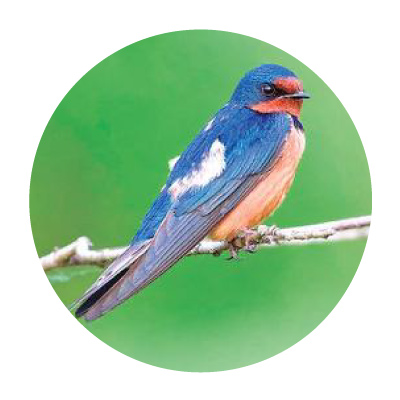
Similar to the mynah and the crow, the swallow too is found in close association with the humans. A steel blue bird with a reddish brown forehead, chin and throat, the song of the barn swallow is a cheerful warble. Pay attention and you could hear a witt or “witt-witt” sounds of excitement as it feeds.
11.Ashy Prinia
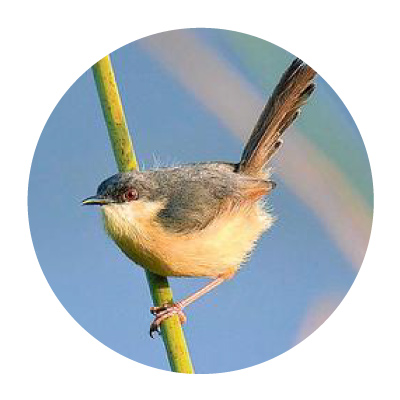
They are long warblers and have short rounded wings with a longish cream tail. If you see them you will also notice that they hold their tail upright and use their strong legs to clamber about and hop. If you hear a “tchup, tchup, tchup” or “zeet-zeet-zeet” or a nasal “tee-tee-tee” you know who is nearby.
12.House sparrow
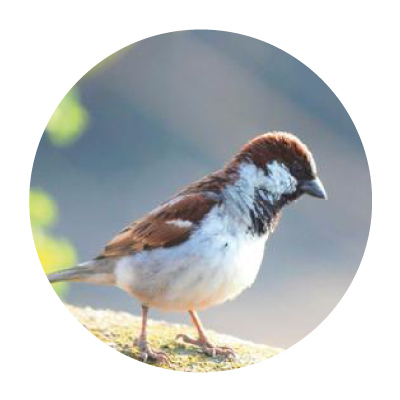
The house sparrow is a compact bird with rounded head. It has a stout and conical bill mainly for eating seeds. Often seen near houses and dwellings, it is seen chirping away quite uninhibited even when there are people nearby.
13.Common hoopoe
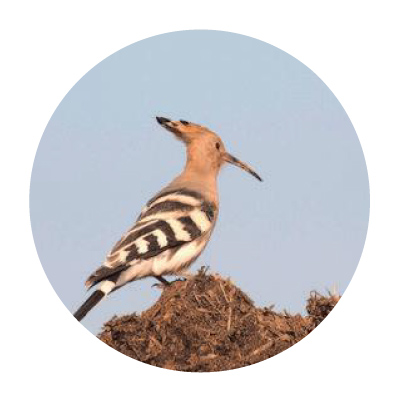
Has a distinctive crest and broad cinnamon feathers with black tips, their crest is erect only when alarmed or displaying. It derives its name from the sound it makes which is a a repeated loud “hoo poo”.
14.White-throated kingfisher
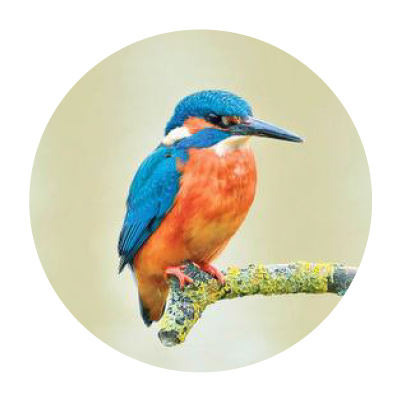
If you have been hearing chake-ake-ake-ake-ake, then be rest assured that you will see a bright blue back bird which has a chestnut coloured head, wings and tail and white throat and breast.
15.Rose-ringed parakeet
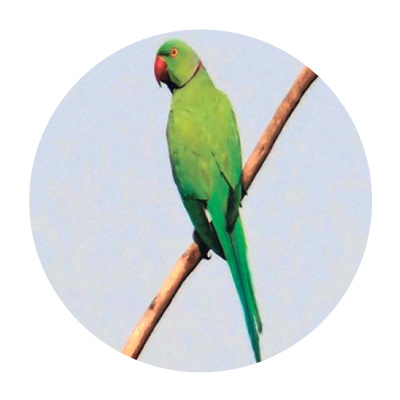
This birds have a yellow-green plumage and a rounded pinkish-red bill. While the male birds sport a red and black neck ring the females have none. If you were to hear a typical loud shrill, “kii-a” or “kii-ak” then make sure to look around you.
16.Indian robin

While the males are mainly black with a white shoulder patch, the females are brownish and have no white shoulder stripe. Often seen closer to the ground chances are you will hear them more. Pay attention to a sweeeech or a weeeech call.
17.Red-vented bulbul
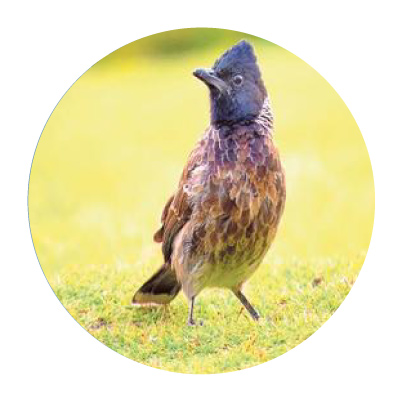
This bird is identified by its short crest and a dark brown body and a head that is darker or black and its black tail is white tipped. It’s also invasive in nature and can be easily spotted close to fruit trees.
18.Rock pigeon
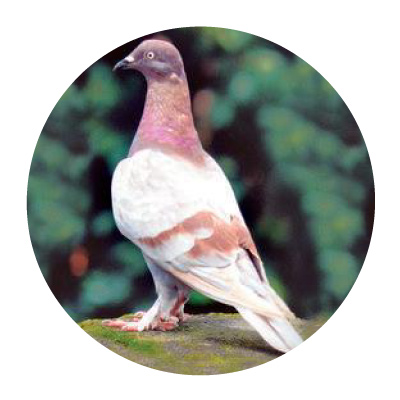
Also known as the rock dove, it is quite unmissable with its two solid black bands on its wings. It is a tubby bird with a small head and short legs, and the tail is wide and rounded.